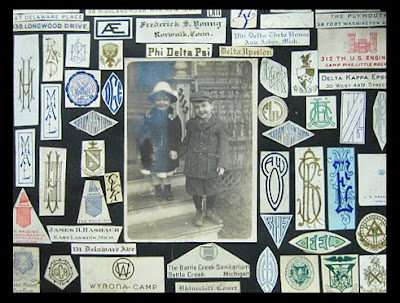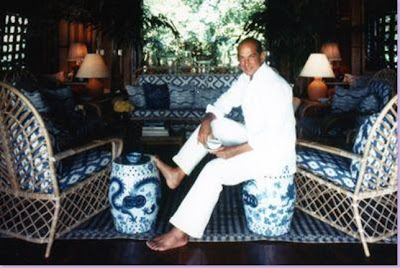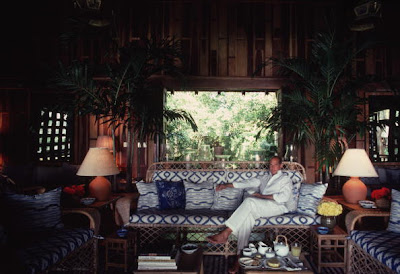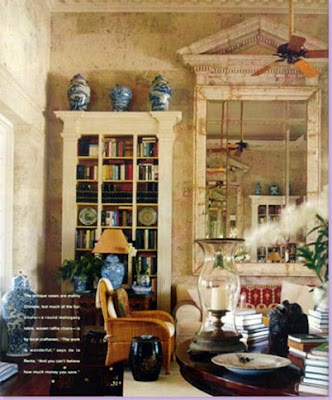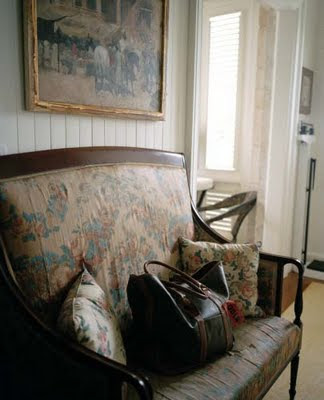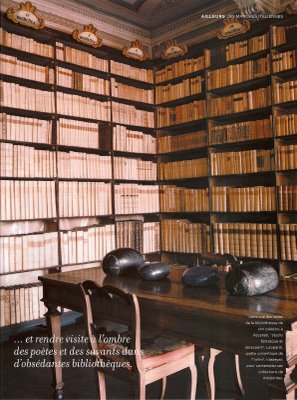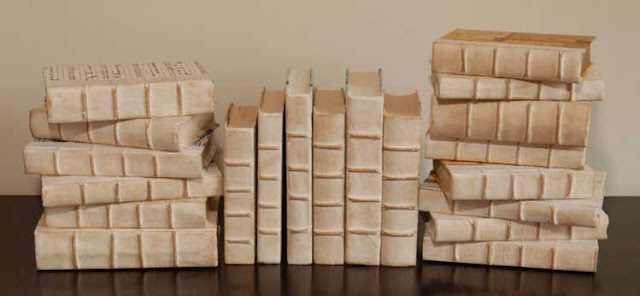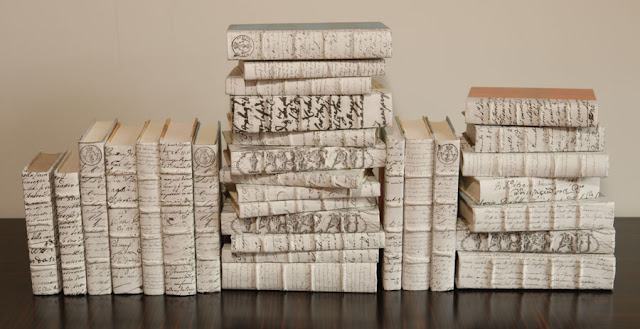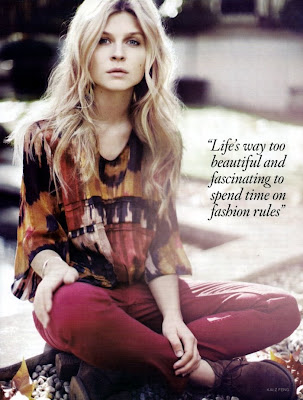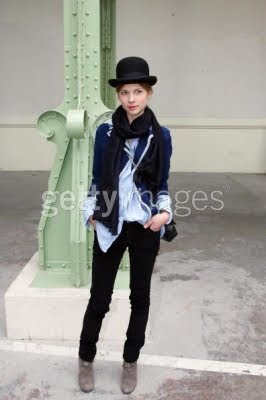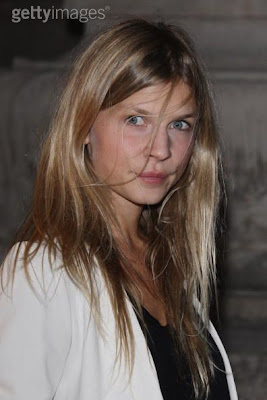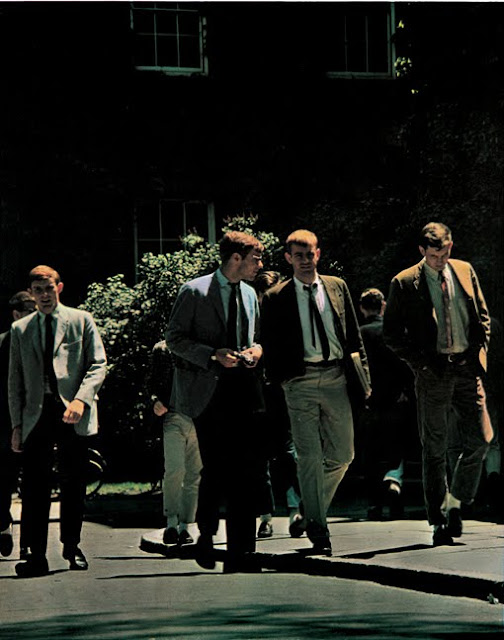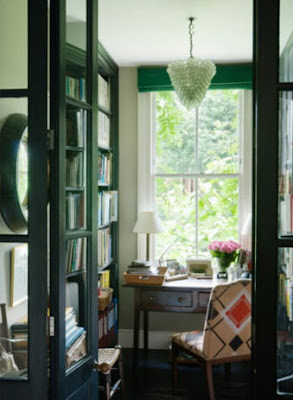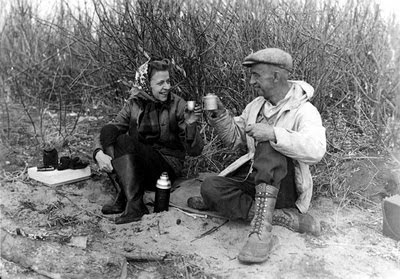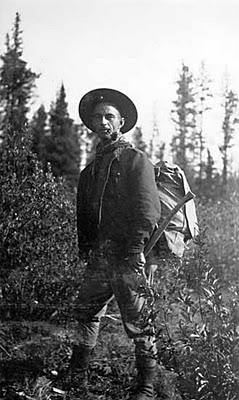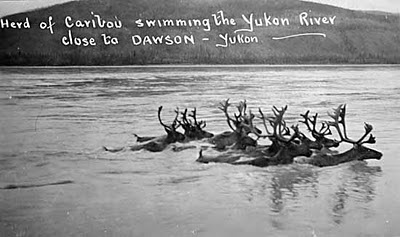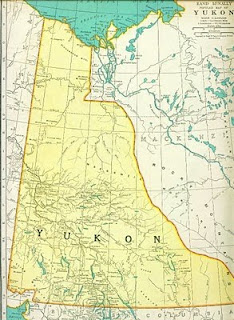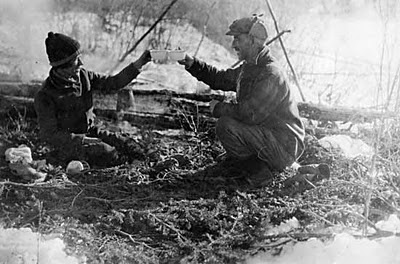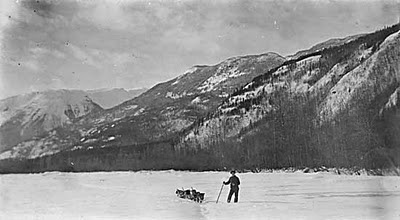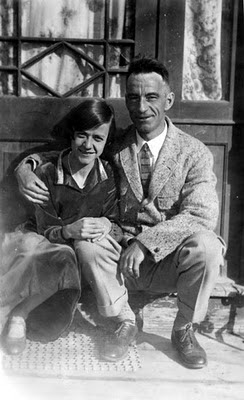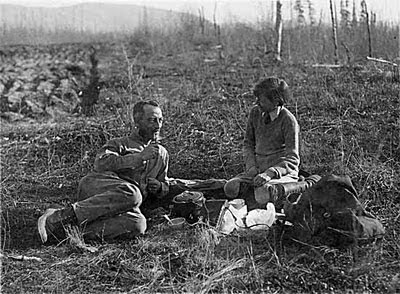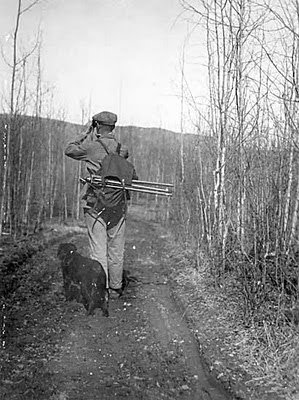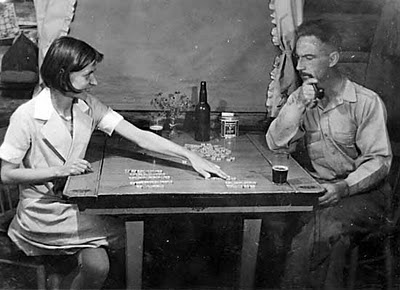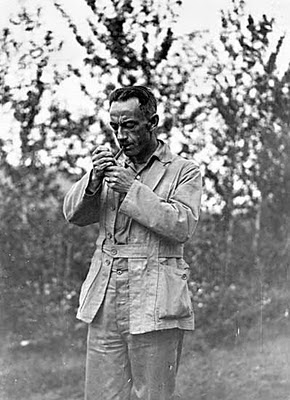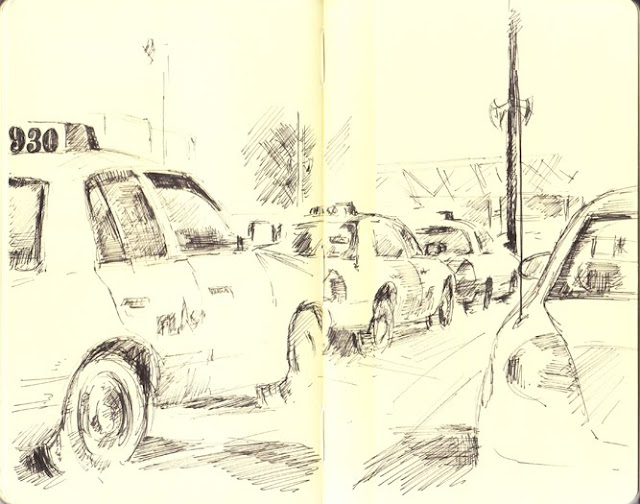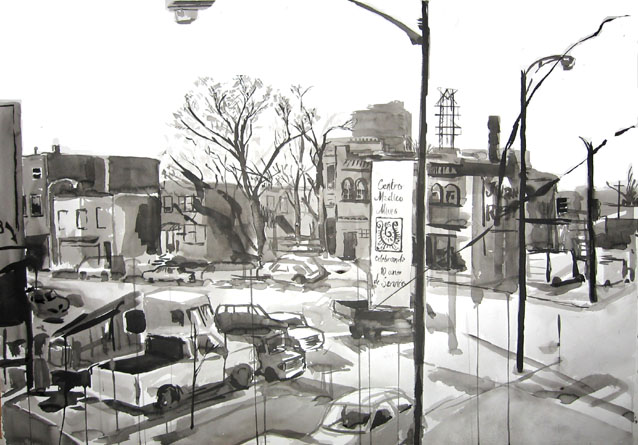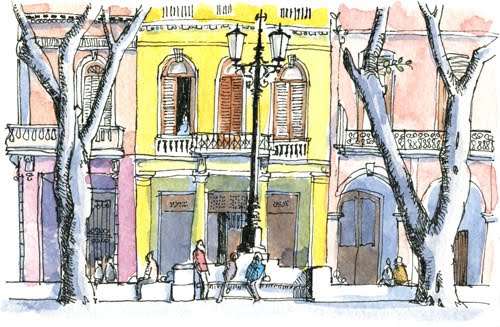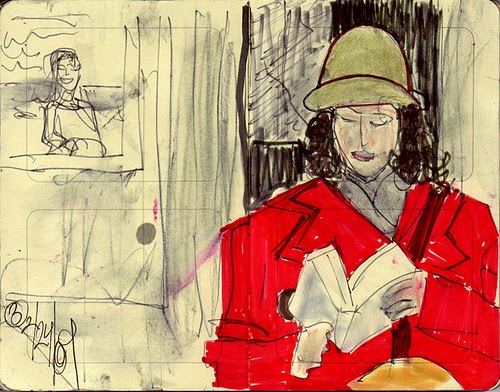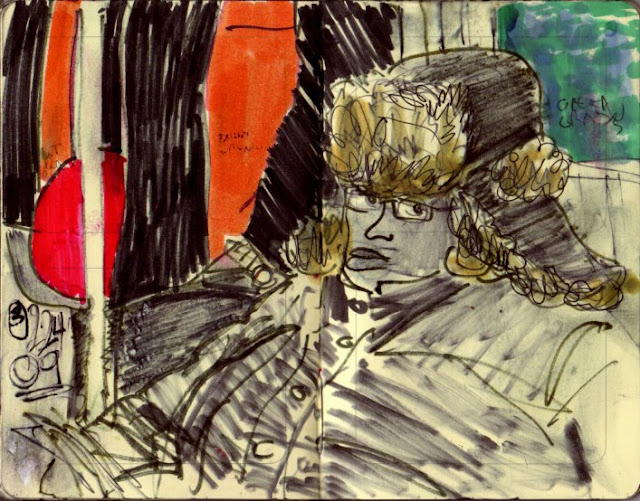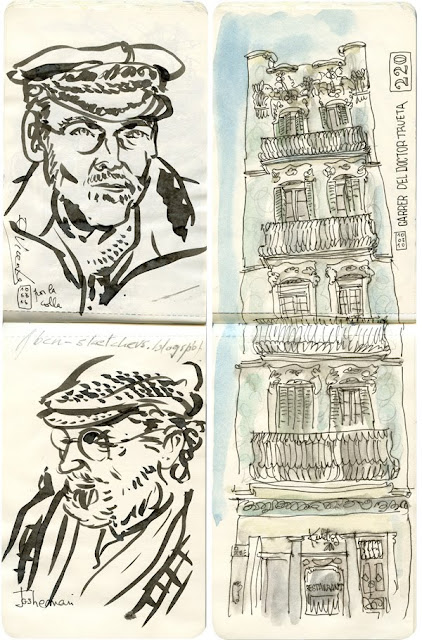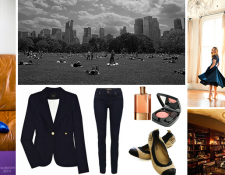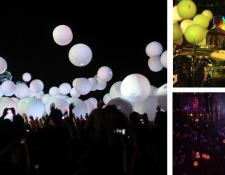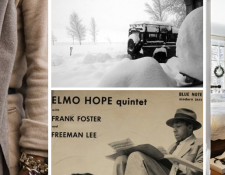Monogram Collections
Curated by:
Eliza Coleman
Section:
Graphic Fix
Labels:
Graphic Fix, monograms, old stuff, paper stuff
Tastemakers (In Repose) >> Oscar de la Renta
Loving the Work of >> Morgan O'Hara
Chef’s assistant Jojo Sullamoff
while peeling a cucumber
Yatagan Kebab House, New York City
2 November 1995
Movement of the hands of
pianist
while performing the first movement allegro con brio of Beethoven’s Piano Concerto No. 4
28 October 2001
Above:
Movement of the hands of
Conductor Riccardo Chailly
while conducting the Concertgebouw Orchestra in Mahler’s Symphony No 4.
first movement
10 February 2000
It’s interesting when two people doing the same activity are compared– above and below, two conductors conducting two different pieces — are they different because of the piece of music, or because of their personal style of conducting?
Movement of the hands of
Composer Pierre Boulez
while conducting the
in Stravinsky’s Petrouchka /
13 March 2000
Apparently, conducting and lecturing require similar hand movements…
Movement of the hands of
Dr. S. J. Schmidt while lecturing
Glarus, Switzerland
7 March 1999
Her working process– multiple pens in each hand.
THEN, I discovered her installations — blown up abstractions of the drawings. SO COOL.
Galleria O’artoteca
Milano, Italia
left
right: Quentin Crisp lecturing
flat black acrylic on white wall
flat black acrylic on white wall
black and vermillion calligraphy ink on rice paper
flat black acrylic on white wall
Left: Amiri Bakara reading his poetry
Right: Ishioka Toyomi carving cedar
wall drawing: hand movement of 3 Taiko drummers performing
Teatro Sociale di
Italia
I don’t know what this one is of, but I like that she took it to sculpture too… I think if she continues to get less and less literal, these are going to keep getting more interesting.
I think if she keeps doing this, it could be really interesting to see comparisons of hand movements between cultures. Would lecturers in one country be more emphatic with their hands than another? Would musical styles require very different hand movements?
Morgan O’Hara website here.
Bookshelf Looks >> Pages-Out and Parchment-Bound
I love the color that a variety of books adds to a room, but if you want a very neutral room, this pages-out and/or parchment spine look creates an interessing textured-neutral backdrop for a room.
Girl Crush >> Clemence Poesy
Other than the fact that I love her name, I also crush on Clemence’s style and the oh-so-French way that she always looks stylish and sexy, and yet simultaneously like she just threw it on and didn’t even brush her hair.
Previous two images from a recent UK Vogue.
For the Library >> Take Ivy
I’ve come to realize I like most fashions inspired by a uniform, whether jobs or sports– nautical, tennis, cricket, nautical, aviation, military, etc.– and the Ivy look depicted in this monograph really is a kind of uniform. A prep uniform. Key pieces, fabrics, patterns, and combinations, just tweaked slightly over the years.
On top of being full of great photos, this book has a really interesting story. Here it is, according to The Pursuit Aesthetic:
“Described by The New York Times as, “a treasure of fashion insiders,” Take Ivy was originally published in Japan in 1965, setting off an explosion of American-influenced “Ivy Style” fashion among students in the trendy Ginza shopping district of Tokyo. The product of four sartorial style enthusiasts, Take Ivy is a collection of candid photographs shot on the campuses of America’s elite, Ivy League universities.
The series focuses on men and their clothes, perfectly encapsulating the unique academic fashion of the era. Whether lounging in the quad, studying in the library, riding bikes, in class, or at the boathouse, the subjects of Take Ivy are impeccably and distinctively dressed in the finest American-made garments of the time.
Take Ivy is now considered a definitive document of this particular style, and rare original copies are highly sought after by “trad” devotees worldwide. A small-run reprint came out in Japan in 2006 and sold out almost immediately. Now, for the first time ever, powerHouse is reviving this classic tome with an all-new English translation. Ivy style has never been more popular, in Japan or stateside, proving its timeless and transcendent appeal. Take Ivy has survived the decades and is an essential object for anyone interested in the history or future of fashion.”
I think the Japanese-American fashion angle is fascinating, and The Trad adds this:
“It’s no secret that some Japanese are obsessed with the Ivy look. The word “Trad” has it’s origins in Japan and I for one think the Japanese have taken care of the style far better than we ever could have hoped. Hardly surprising in a culture where Tradition rules, the Morning Coat is still worn and life is lived and appreciated for small moments.”
Take Ivy will be available in August and pre-orders are available on Amazon now.
via The Pursuit Aesthetic
and The Trad
Curated by:
Eliza Coleman
Section:
LustList
Labels:
classics, for the library, style files
I would like to sit here and work:
Isn’t this office by Charlotte Crosland so appealing? I can’t even put my finger on why exactly, but I feel like paying bills would somehow feel nicer if you were sitting in here.
I love that the space is tiny, but not crowded, and it’s functional, but still cozy. The window-paned wall separating the room from the hall helps keep it from feeling like a cave by letting light flow in both directions, and I’m loving the touch of dark green.
The Life & Times of Claude and Mary Tidd
“Claude Tidd. Born in England, 1886. Left for the Yukon at age 24. 20 years as a Royal Mountie. Married Mary Ryder in 1925.”
“Avid outdoorsman, photographer, musician, writer and film maker. Died in Dersingham, England, 1949. A frontier renaissance man. The real deal.”
Makes me want to have to go on some adventures. And to take great pictures while doing it!
“To read more on Claude and Mary, click HERE. To view more of Claude’s photos from his life in the Yukon, click HERE.”
Secret Forts blog here.
Urban Sketchers
I love this blog I just found!! It’s called Urban Sketchers, and here is how it describes itself:
“Urban Sketchers is a nonprofit organization dedicated to raising the artistic, storytelling and educational value of location drawing, promoting its practice and connecting people around the world who draw on location where they live and travel. We aim to show the world, one drawing at a time.”
The two above are by a cab driver in Chicago. Born in Moscow, he has lived in Chicago since 1978 and has attended many art schools off and on, including Parsons, but he currently works as a cabbie.
By a British illustrator in Cuba – “18 February, 2007 — Houses on the Paseo del Prado. This was once the smartest street in Havana: on each side stand Spanish style buildings from the late 19th century, colourfully plastered and richly detailed. But they haven’t been touched since they were built. They are in tragic state of disrepair: plaster is falling off; windows are boarded up or just missing; sometimes entire walls that have fallen away. And then you realise that people are still living in them.”
“Metro Hunting”
Above and below, sketches by illustrator and animator Ami Plasse, who documents NYC subway riders.
Barcelona
I realized at about age 7 while at the Matisse Museum in Nice that I love sketching while travelling. It trains your eye to notice detail, and in the same way that you remember things better just by stopping to take a picture of them, sketching seems to create a permanent imprint of a scene onto your brain.
So, needless to say, I think this blog of other people’s travel and life sketches is awesome… you get a peak not only into places you’ve never been, but also into the way that each sketcher sees and thinks, and I love seeing all the different sketching styles.
Urban Sketchers blog here.

